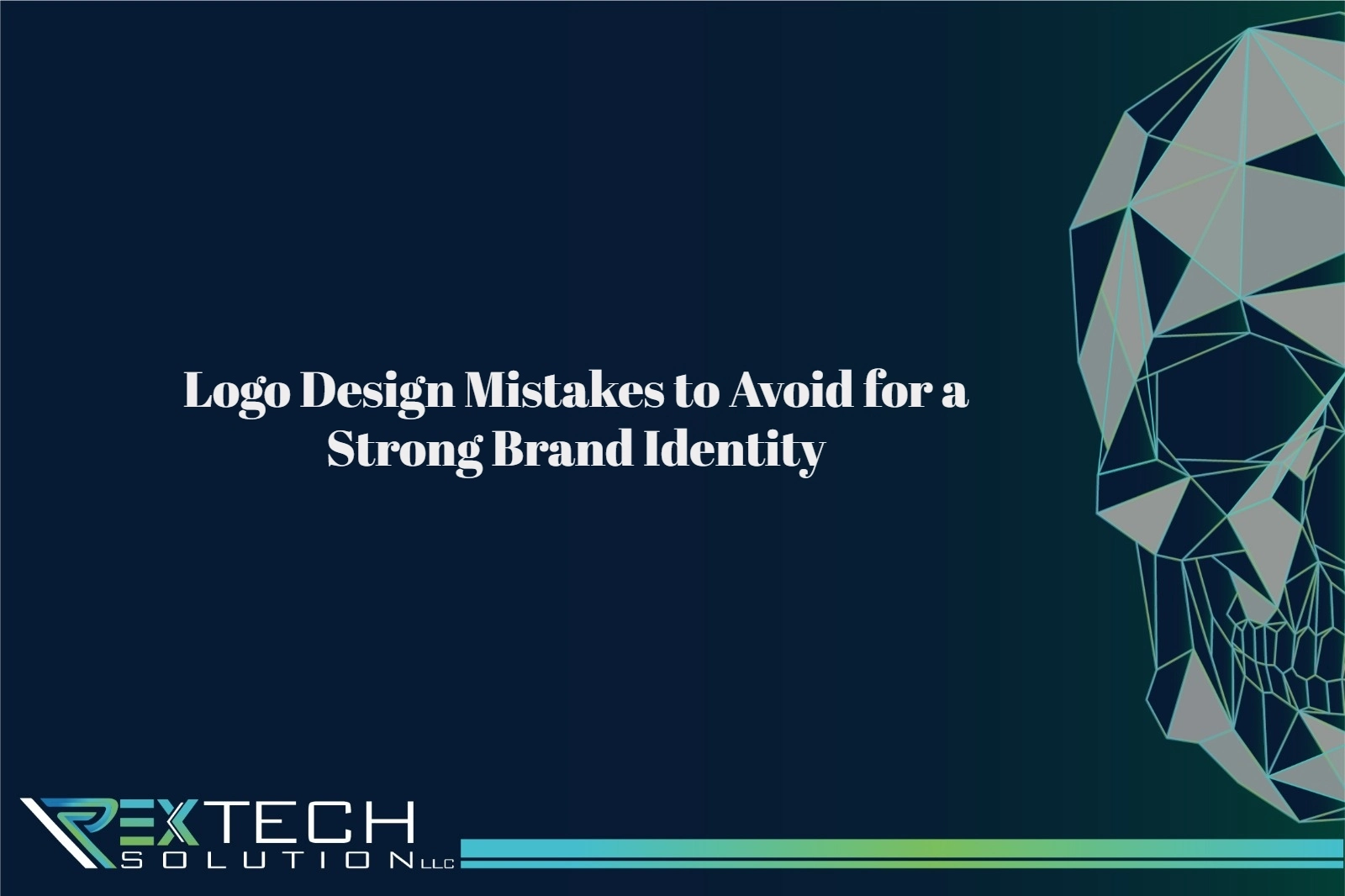Your logo is a critical element of your brand identity. It is often the first thing people notice about your company and can leave a lasting impression. A well-designed logo can help build brand recognition and loyalty, while a poorly designed logo can confuse or alienate potential customers. In this article, we’ll discuss some common logo design mistakes to avoid in order to create a strong and effective brand identity.
1. Lack of Research
Before starting the logo design process, it’s important to research your target audience, competitors, and industry trends. Understanding these factors can help you create a logo that resonates with your audience and sets you apart from the competition.
2. Overly Complex Design
A logo should be simple and easy to recognize. Avoid using too many colors, intricate details, or unnecessary elements that can clutter the design. A simple logo is more likely to be remembered and easily recognizable across different platforms and mediums.
3. Inappropriate Font Choice
The font you choose for your logo should reflect your brand’s personality and values. Avoid using trendy or overly decorative fonts that can be difficult to read. Instead, opt for a font that is clean, timeless, and aligns with your brand’s image.
4. Lack of Scalability
Your logo should look good and be legible at any size, from a tiny favicon to a large billboard. Ensure that your logo is designed in a vector format so that it can be scaled up or down without losing quality.
5. Ignoring Color Psychology
Colors can evoke emotions and convey messages. It’s important to choose colors for your logo that align with your brand’s values and appeal to your target audience. Avoid using too many colors or colors that clash, as this can confuse or alienate viewers.
6. Failure to Test
Before finalizing your logo, it’s crucial to test it across different mediums and backgrounds to ensure that it remains effective and legible. Test your logo in black and white, as well as in color, and on various digital and print materials to see how it performs.
Conclusion
Avoiding these common logo design mistakes can help you create a strong and memorable brand identity that resonates with your target audience. By conducting thorough research, keeping your design simple and scalable, choosing appropriate fonts and colors, and testing your logo across different mediums, you can ensure that your logo effectively represents your brand and sets you apart from the competition.
FAQ: Common Logo Design Mistakes to Avoid
1. Why is a logo important for a brand identity?
A logo is a critical element of your brand identity as it is often the first thing people notice about your company. It helps build brand recognition and loyalty. A well-designed logo leaves a lasting impression, while a poorly designed logo can confuse or alienate potential customers.
2. What is the first step in the logo design process?
The first step is conducting thorough research on your target audience, competitors, and industry trends. This understanding helps create a logo that resonates with your audience and differentiates your brand from the competition.
3. Why should a logo design be simple?
A simple logo is easier to recognize and remember. Overly complex designs with too many colors, intricate details, or unnecessary elements can clutter the logo and make it less effective across different platforms and mediums.
4. How does font choice affect a logo?
The font reflects your brand’s personality and values. It should be clean, timeless, and align with your brand’s image. Trendy or overly decorative fonts can be difficult to read and may not effectively communicate your brand’s message.
5. What is scalability in logo design?
Scalability ensures that a logo looks good and remains legible at any size, from a tiny favicon to a large billboard. Designing the logo in a vector format allows it to be scaled up or down without losing quality.
6. How important is color choice in a logo?
Colors evoke emotions and convey messages. Choosing colors that align with your brand’s values and appeal to your target audience is crucial. Avoid using too many colors or colors that clash, as this can confuse or alienate viewers.
7. Why is it necessary to test a logo before finalizing it?
Testing a logo across different mediums and backgrounds ensures it remains effective and legible. It’s important to see how the logo performs in black and white, as well as in color, and on various digital and print materials.
8. What are some common mistakes to avoid in logo design?
- Lack of Research: Not understanding your audience and competitors.
- Overly Complex Design: Using too many details or colors.
- Inappropriate Font Choice: Choosing fonts that are hard to read or not aligned with your brand.
- Lack of Scalability: Designing logos that don’t look good at different sizes.
- Ignoring Color Psychology: Using colors that don’t evoke the right emotions or messages.
- Failure to Test: Not testing the logo in different formats and mediums.

